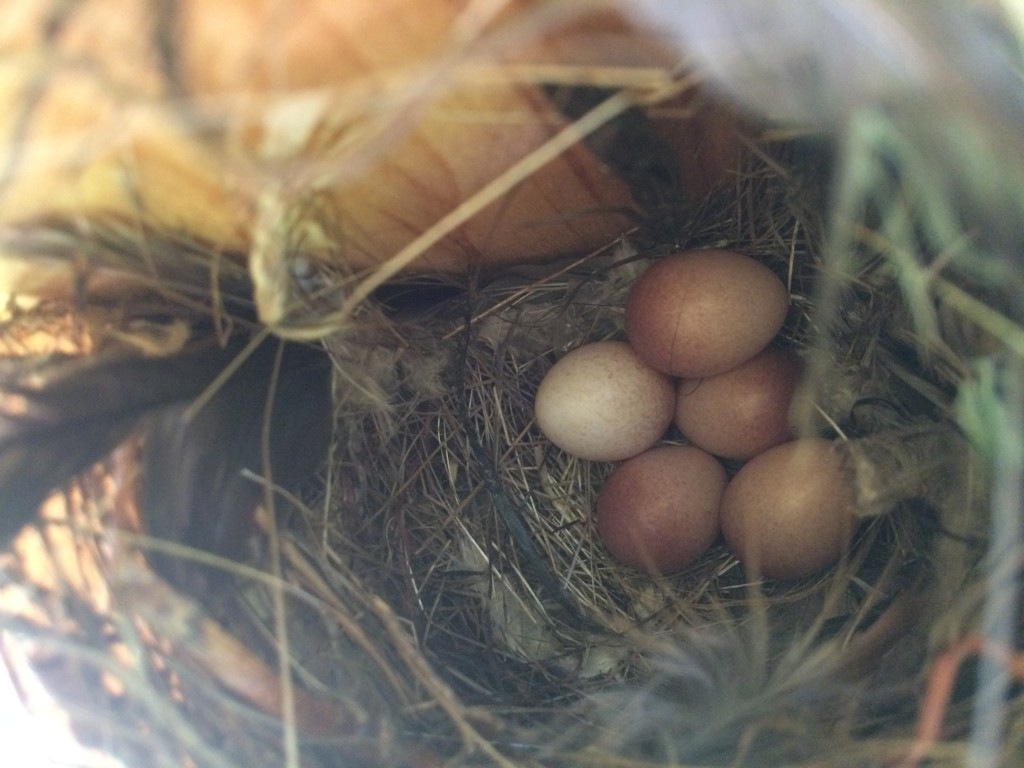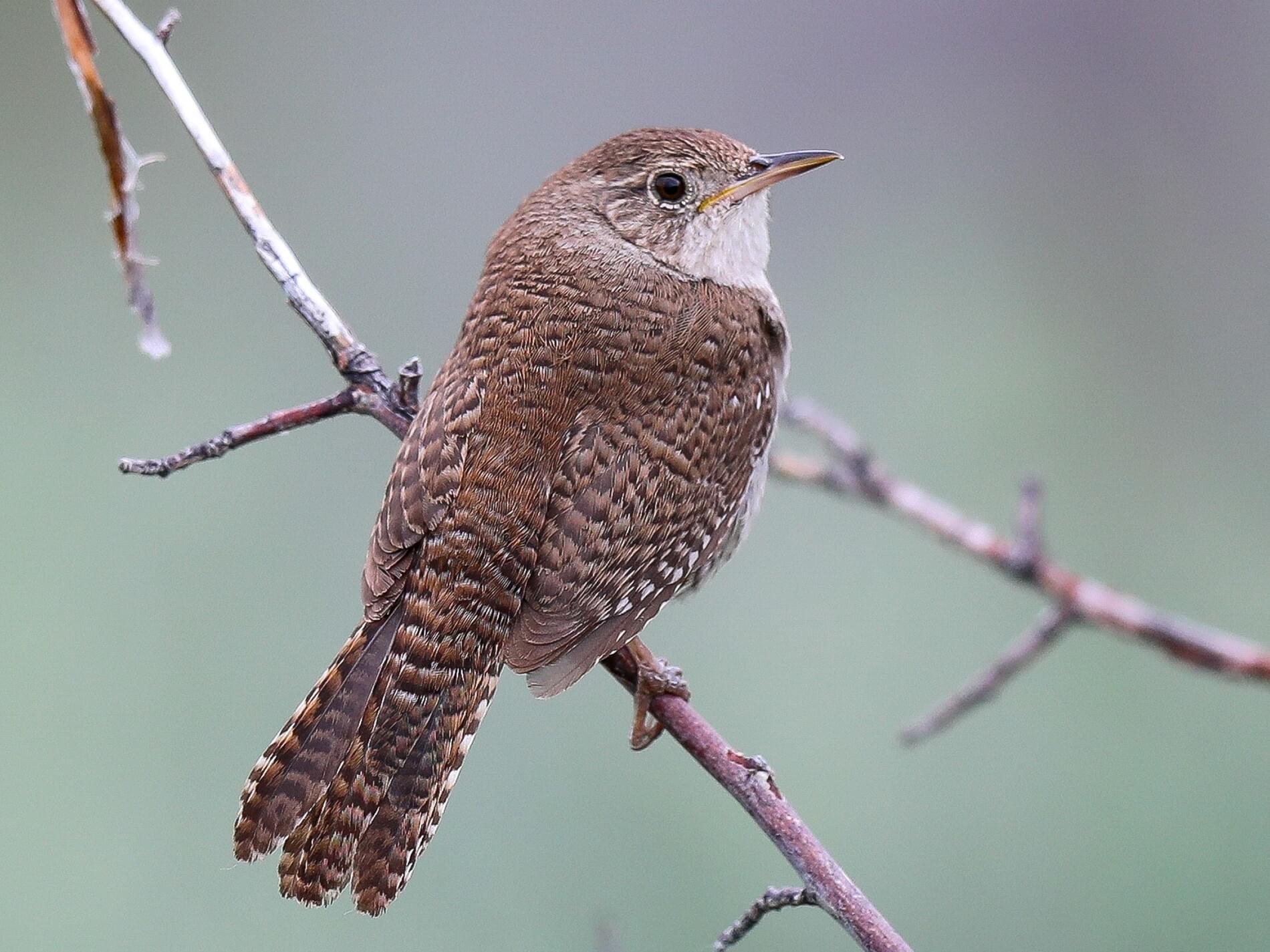Table Of Content

Doing so can be as easy as adding native plants to your garden, avoiding pesticides, and keeping cats indoors. Patuxent Wildlife Research Center, Bird Banding Laboratory 2020. House Wrens are friendly enough around humans and pets but can get quite aggressive with other birds. You'll know he has arrived when you hear him sing from his perches.
Do House Wrens nest on the ground?
Pacific Wrens are found along the West Coast from Alaska to California. Those on the coast remain all year, but those inland in Canada migrate south for winter. Nests of Marsh Wrens are fully enclosed, except for a small opening in the top. 3 – 10 eggs are laid, which take around two weeks to hatch and two weeks to fledge.
Attracting your local house wrens to your nesting box
Or he may sneak out to woo the female on a neighboring male's territory—perhaps destroying her eggs or young afterwards so that she must lay new eggs (his eggs) in their place. And if a male holds no territory he may boldly attempt to take one by force. The usurper sometimes succeeds in driving out the resident male, claiming his mate, and killing her eggs or young so that she must start over. The fiercest males are the most successful—and pass on those fierce genes to their abundant offspring.
View More Articles About BirdsNests and Eggs
Cactus Wrens in the desert prefer dense stands of Joshua Trees or saguaros, while on the coastal slope, Cactus Wrens prefer dry hills dotted with prickly pear and cholla cacti. Males and females build a cup-shaped nest with grasses, rootlets, and leaves inside a hole in a tree or on a protected ledge. Pacific Wrens are most commonly found in coniferous forests, especially those with fir and spruce trees. These wrens are tiny with dark brown, barred upperparts and a light brown eyebrow.
House wrens nesting in area Local heraldpalladium.com - Herald Palladium
House wrens nesting in area Local heraldpalladium.com.
Posted: Sun, 07 Jul 2019 07:00:00 GMT [source]
But the wrens don’t kill for vengeance; they do it for survival. Competition is fierce among cavity-nesting birds, especially for those like the House Wren that can’t carve out a home for itself. It must discover an existing hole to nest within—and if there isn’t a vacant spot available, it does what it must to survive and reproduce. Wren eggs are typically white or brown with dark speckles. They are very small, but the babies that hatch from them grow quickly, outgrowing the nest in less than three weeks.
Migration & Range Maps
Because house wrens are cavity nesters, it is difficult to assess the nest shape. Development has threatened the population in parts of the Big Tujunga Wash. The creation of Angeles National Golf Club in 2004 destroyed much habitat on the east side of the wash that was previously occupied by at least five pairs of Cactus Wrens. The last sighting of a Cactus Wren in this area was north of the golf course on November 12, 2017. The Cactus Wren is appropriately named because this large wren depends on cacti for nesting and foraging. There are two main populations of the Cactus Wren—desert and coastal.

The male then proceeds to claim the nesting site by building a platform made of sticks. House wren form pairs and defend a territory only during the breeding season. Pairs then split up and return to the wintering grounds, where they have a quiet and solitary life. Medium-sized brown wren with a long tail that is often held up. These wrens are common in California in dry, rocky areas. Look for them in places such as canyons, cliffs, boulder piles, and any rocky outcrop.
Listen for House Wrens in California!
Once the babies hatch, both parents will feed them until they are grown and able to leave the nest. All wrens nest in cavities of trees or buildings, though some may also use the abandoned nests of other birds. So the time in which they build their nests varies according to regional differences in weather and climate. We’d prefer that the bird patiently and politely wait its turn, perhaps. Indeed, House Wrens are fiercely impatient across the board. In many cases, a male House Wren may lure a second mate to move in to a nest site on his territory while his primary mate is still incubating their clutch.
Iowa outdoors: Get those bird nest boxes ready - Ames Tribune
Iowa outdoors: Get those bird nest boxes ready.
Posted: Tue, 30 Mar 2021 07:00:00 GMT [source]
Go The Extra Mile For Birds
They migrate and spend winter in southeastern states and northern Mexico, near the Gulf and Atlantic coast. Look for Winter Wrens hidden in tangled undergrowth in forests and backyards. They eat insects and spiders by rummaging through fallen leaves and decaying bark. Cactus Wrens do not migrate and are residents of California all year. They can be spotted in the south of the state and appear in 1% of summer and winter checklists.
House Wren’s habitats change slightly depending on the time of the year. In summer, they prefer semi-open areas with scattered trees and grass, such as open woodlands, orchards, streamside groves, woodlots, yards, and other similar places. Their upper side is usually darker and the underside lighter. The birds can have fine barring on their heads, back, wings, flanks, and underside, but the specifics differ from subspecies to subspecies.
Like most species of wrens, they eat insects, arthropods, and spiders. To find their prey, they mainly forage on the ground and along stream banks. Look for them hopping on logs and exposed roots as they are checking crevices and beneath bark for food. Canyon Wrens are rusty brown birds with black barring that have a long tail and bill. To confirm their presence, look for their bright white throat and upper chest. If one of these wrens does show up, it will be in winter when insects are not around.


No comments:
Post a Comment